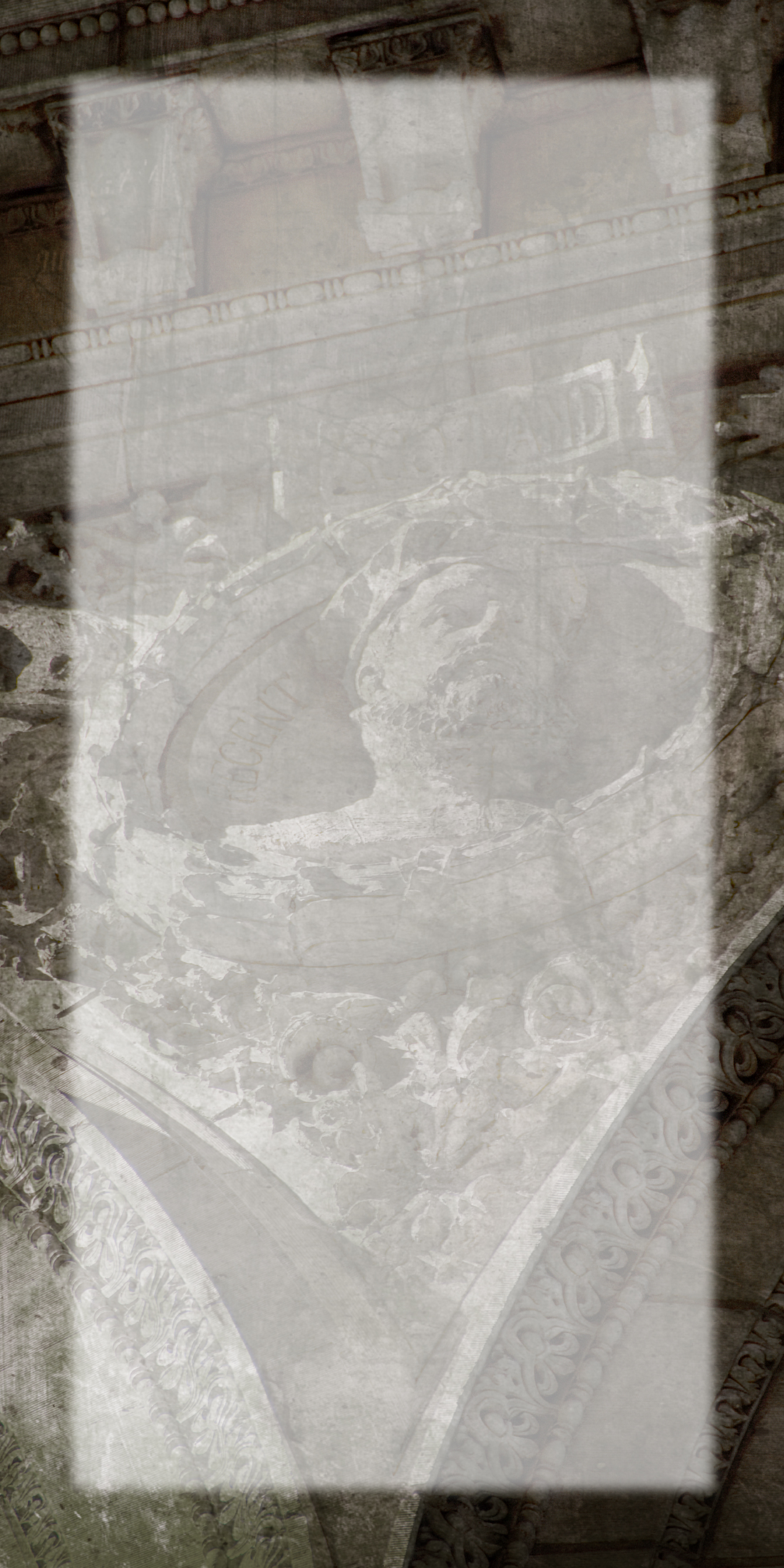A New Sacred Space: Michael Somoroff’s Illumination I by Donald Kuspit
Illumination I is a highly nuanced and dynamic geometrical structure. It is constructed incrementally, with detail magnetically attached to detail, but the overall shape is an intelligible gestalt that can be taken in at a glance. Illumination I is constantly on the move, constantly changing shape, suggesting that it is unstable—its sweeping curves rise and fall in the same motion—however much one shape follows inevitably from the previous shape. The singular whole is an elaborated continuum of petites perceptions. It rests on the ground like a mountain, and like a mountain its terrain is shaped by cosmic powers. It changes not because we move around it, changing our perception of it, but because change and movement are built into it, indeed, its entire substance. Illumination I tracks the measurable course of cosmic light over a year, and its structure is as stable and predictable as that course.
Clearly Illumination I requires conceptual analysis in a way that Johnson’s octagon does not. The quality of consciousness built into it is radically different in kind from the quality of consciousness built into Rothko’s paintings, whatever the dialectical attraction between them. Rothko’s paintings have instant emotional impact and lingering spiritual import. They are not intellectually mediated, whatever the thoughtfulness involved in their creation. Intellect, emotion, and spiritual purpose are seamlessly integrated in Somoroff’s archisculpture. They are all but indistinguishable, much the way, as Freud said, ego, id, and superego are in a healthy psyche. It is only in pathology that they divide and conflict—that the balance of forces is upset. If one is victorious, it is invariably a Pyrrhic victory, for it exhausts the psyche’s resources. The psychic integrity implicit in Illumination I suggests that it is more of a creative feat—and more of a creative challenge for the spectator—than Johnsons building or Rothko’s paintings.
I think that Somoroff’s Illumination I has given sacred space a new form—given spiritual aspiration the first significant archisculptural shape that is has had since the Gothic arch, which, as I have suggested, is also a work of archisculpture. Both Caspar David Friedrich’s sublime gloomy space and William Turner’s sublime luminous space—they are equally unstructured (but not “minimal”), and thus implicitly entropic, although their inarticulateness conveys the hope for sublimely articulate structure (implicit in the nature both painted)--are subsumed by Somoroff’s new sacred space. Somoroff notes that when the Romanesque church was supplanted by the Gothic church—a revolutionary change in the structure of consciousness as well as in artistic style and method of construction initiated by the Abbey Church of St. Denis, Paris, 1140-44 built by the Abbot Sugar (Somoroff’s role model)--“the general response...was antagonistic.” Somoroff’s new sacred space is also likely to meet resistance.
It seriously departs from tradition. Just as the soaring, complicated, extroverted Gothic church—increasingly open to the outside light, increasingly grand on the inside—broke with the enclosed, introverted, relatively simple, somber space of the Romanesque church, so Somoroff’s open, complicated, extroverted postmodern structure breaks with Johnson’s simple modern enclosure, an insular box however much its octagonal shape symbolizes the cosmos. Le Corbusier’s church is also spatially and formally closed, that is, as structurally limited and insular as Johnson’s chapel. While Le Corbusier uses two geometrical variables, straight lines and curves (wall and roof), they are mechanically juxtaposed rather than organically integrated. The connection between them is precarious, as the abortive arch in the corner suggests, confirming that Le Corbusier’s building lacks “integrity,” that is, the inner necessity that can reconcile its differences to evoke an uncanny whole. Le Corbusier’s building is entrenched in self-division: the dark roof is a bizarre quasi-organic supplement to the otherwise inorganic building—a sort of poisonous giant mushroom on an archaic grave site or necropolis, grotesquely feeding on the corpses within. I am arguing that Somoroff’s Illumination I has a certain expansive, joyous Gothic quality—its dramatic shape alludes to Gothic structure, while departing from and even contradicting it—in comparison to the quasi-Romanesque character of the modernist churches, with their forced intimacy and interior darkness, whatever the light that illuminates them, light that is additive rather than essential to the structure. It exhibits the existing space rather than creates a new kind of space. Illumination I is an ingeniously different space.

